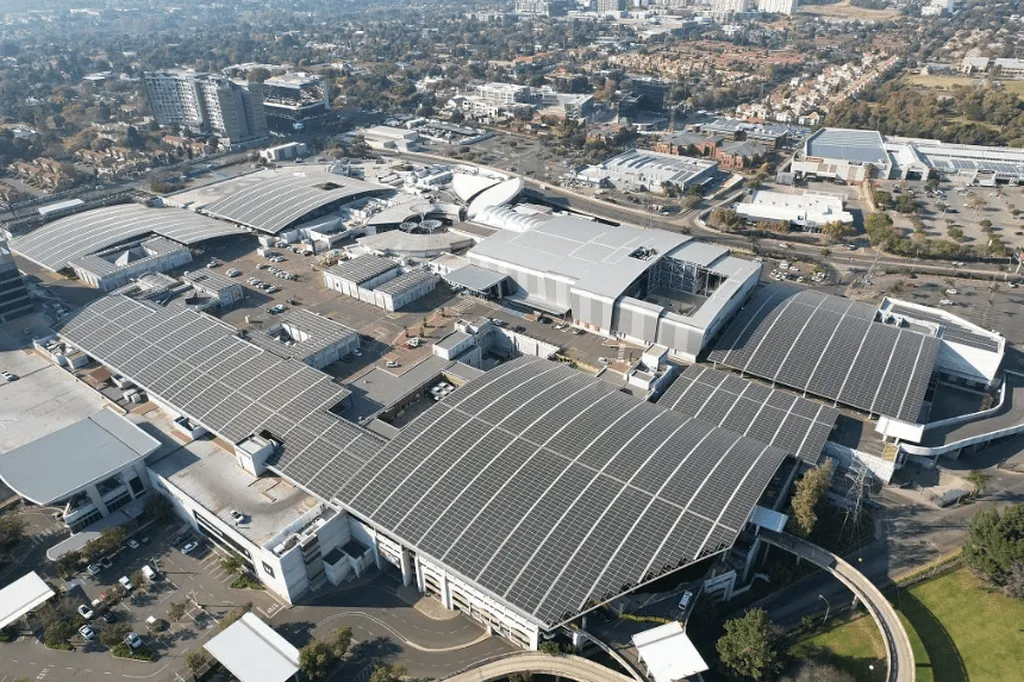In the heart of South Africa’s burgeoning construction industry, a quiet revolution is taking shape, one net zero building at a time. Rolien Terblanche, a researcher from the Department of Construction Economics and Management at the University of Cape Town, has been delving into the motivators and challenges of implementing and operating these cutting-edge structures. Her work, published in the journal ‘Buildings & Cities’ (translated as ‘Gebouwen & Steden’), sheds light on a topic that’s gaining traction but still faces significant hurdles.
Net zero buildings (NZBs) are not just a fleeting trend; they’re a crucial weapon in the fight against climate change. These buildings generate as much energy as they consume, drastically reducing carbon emissions and promoting resource efficiency. Yet, in South Africa, the uptake has been slow. Terblanche’s research aims to understand why.
Through interviews with built-environment specialists, Terblanche uncovered a mix of motivators and challenges. On the positive side, NZBs are driven by environmental sustainability, energy-efficient systems, and long-term savings. “There’s a growing demand for these buildings,” Terblanche notes. “Tenants are increasingly aware of the benefits, and regulations are pushing in this direction.”
However, the path isn’t smooth. High interest rates, a lack of awareness among stakeholders, and a carbon-intensive energy grid pose significant barriers. “The grid’s inability to support privately generated electricity is a major hurdle,” Terblanche explains. Operating these buildings also comes with challenges, including high costs and complex manuals.
The commercial impacts for the energy sector are profound. NZBs could disrupt traditional energy models, pushing for more decentralized, renewable energy solutions. This shift could open new avenues for energy providers, encouraging innovation and competition.
Terblanche’s research also highlights a gap in education. “Tertiary institutions need to address this,” she urges. Workshops and training programs could equip implementation and maintenance teams with the necessary skills, driving the industry forward.
As South Africa moves steadily towards NZBs, the message is clear: these buildings offer long-term savings, cater to market demand, and promise uninterrupted power and water supplies. The industry must educate itself and invest. The future of construction is here, and it’s net zero.

